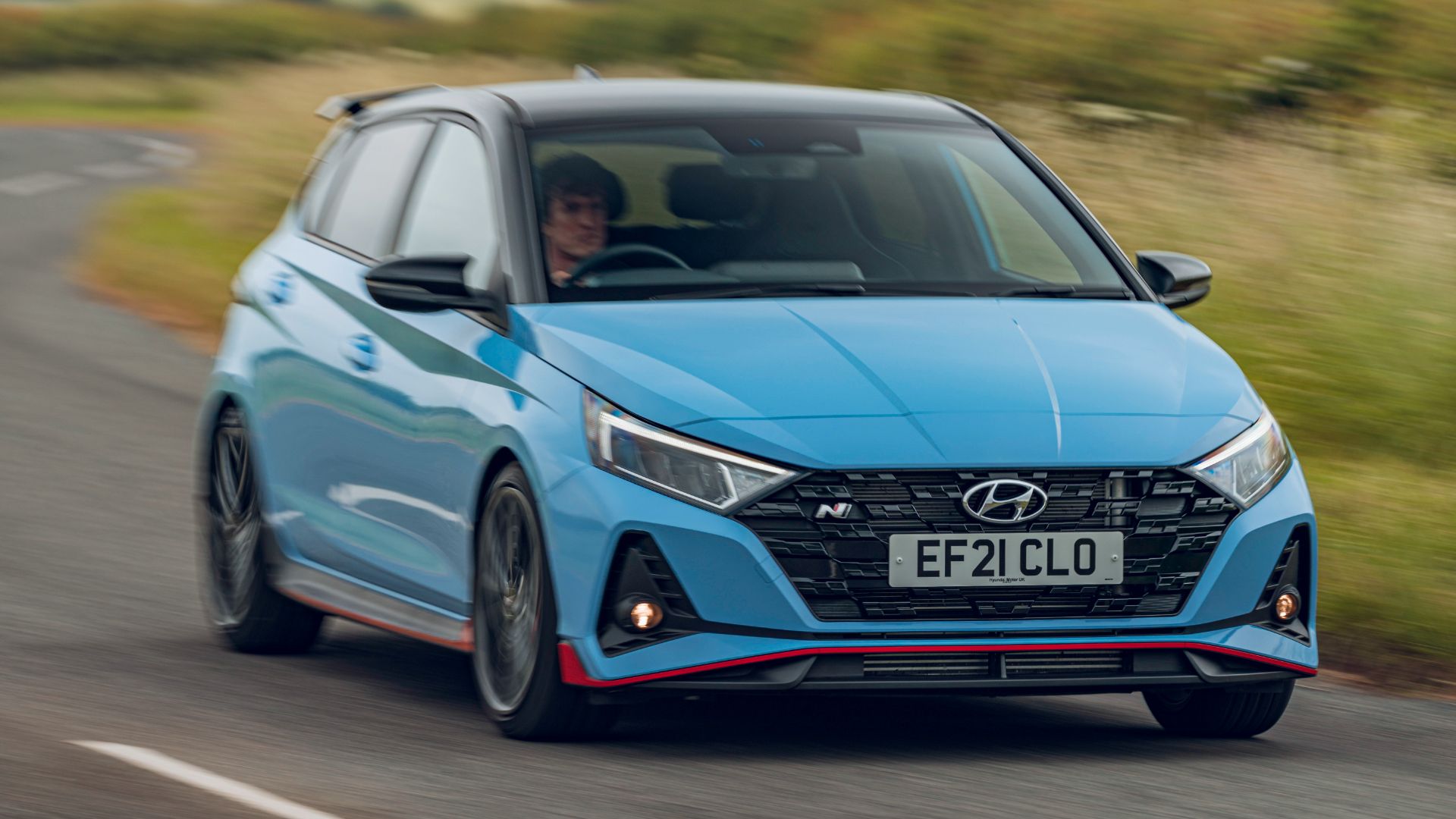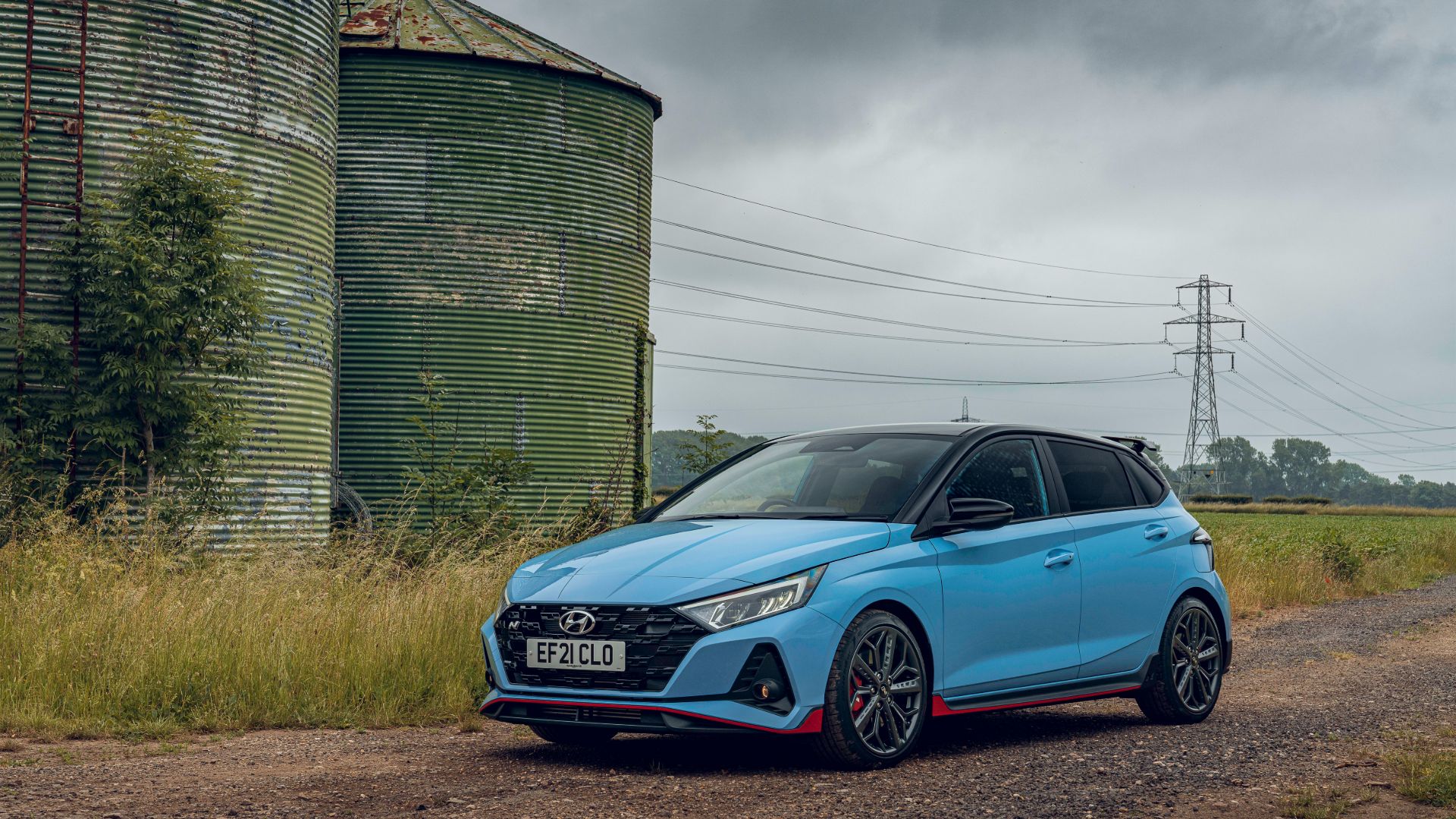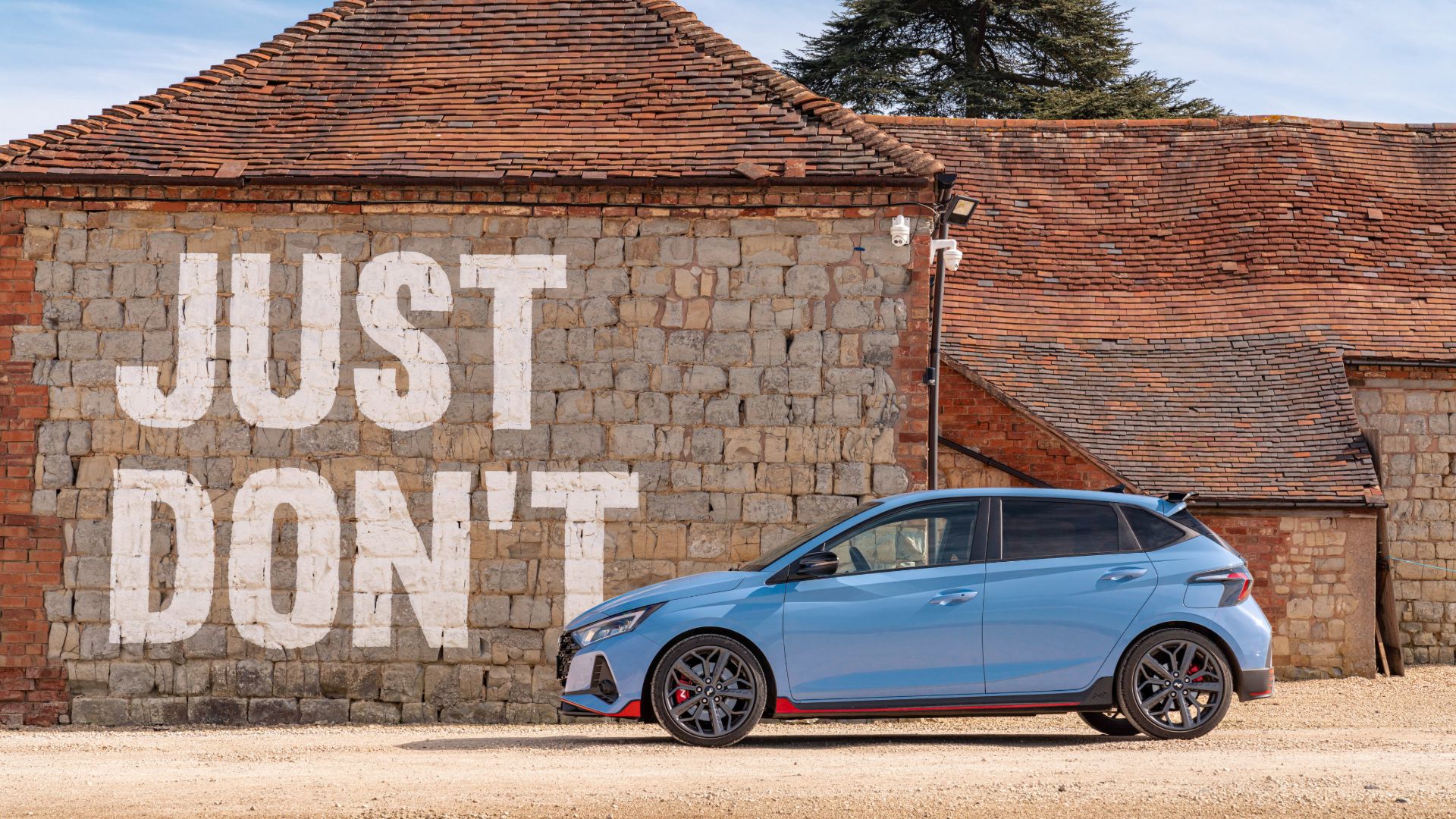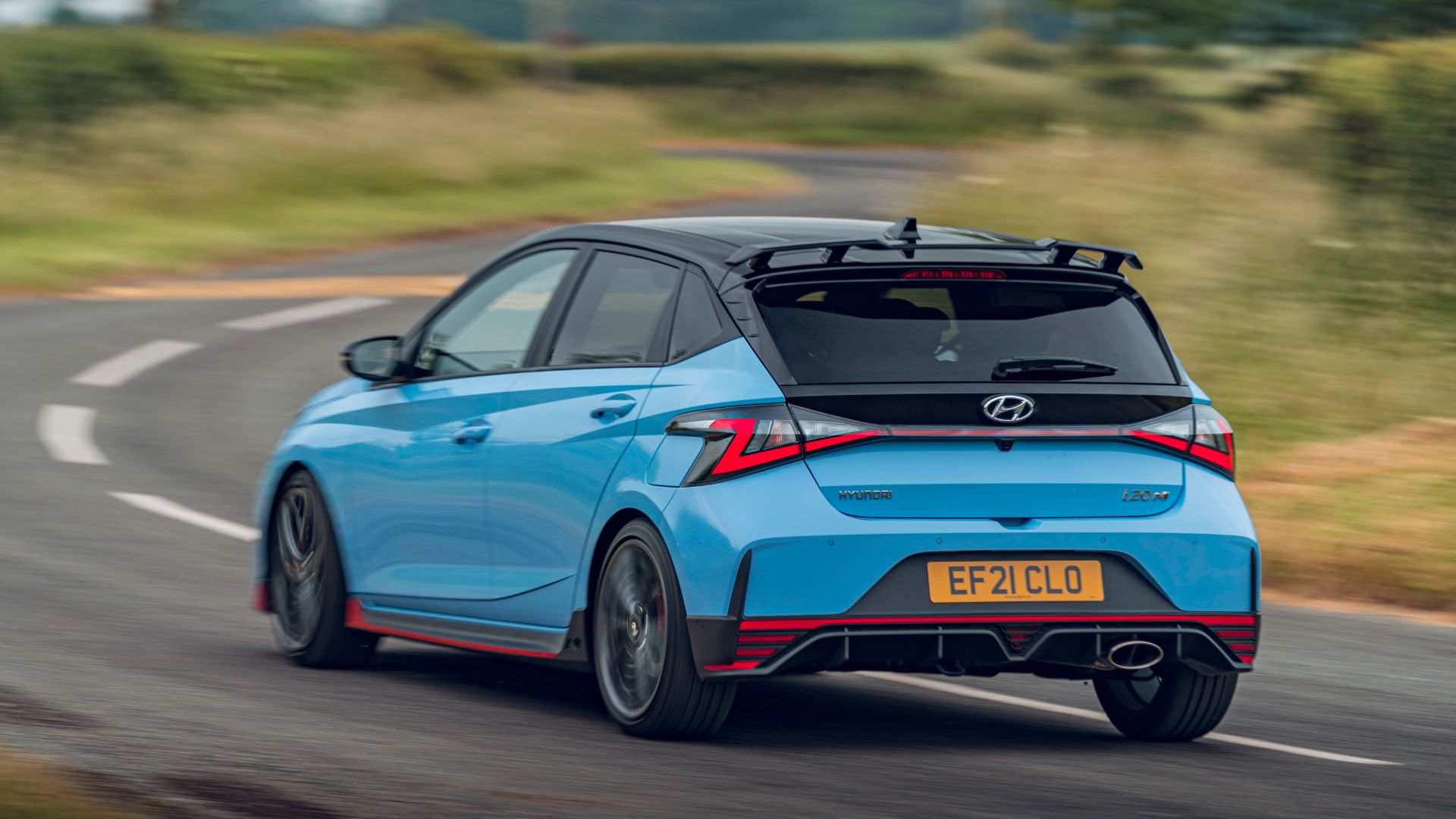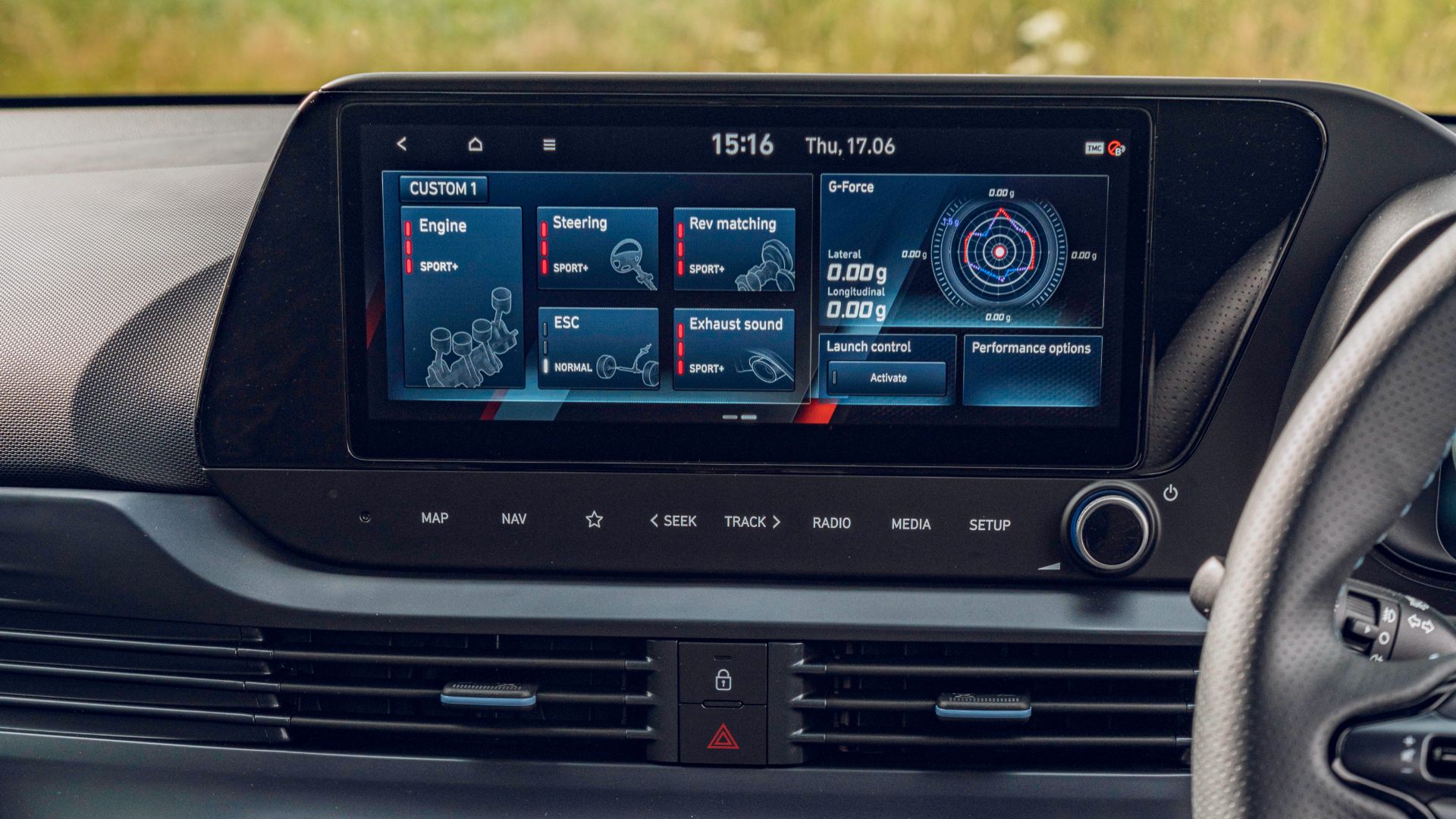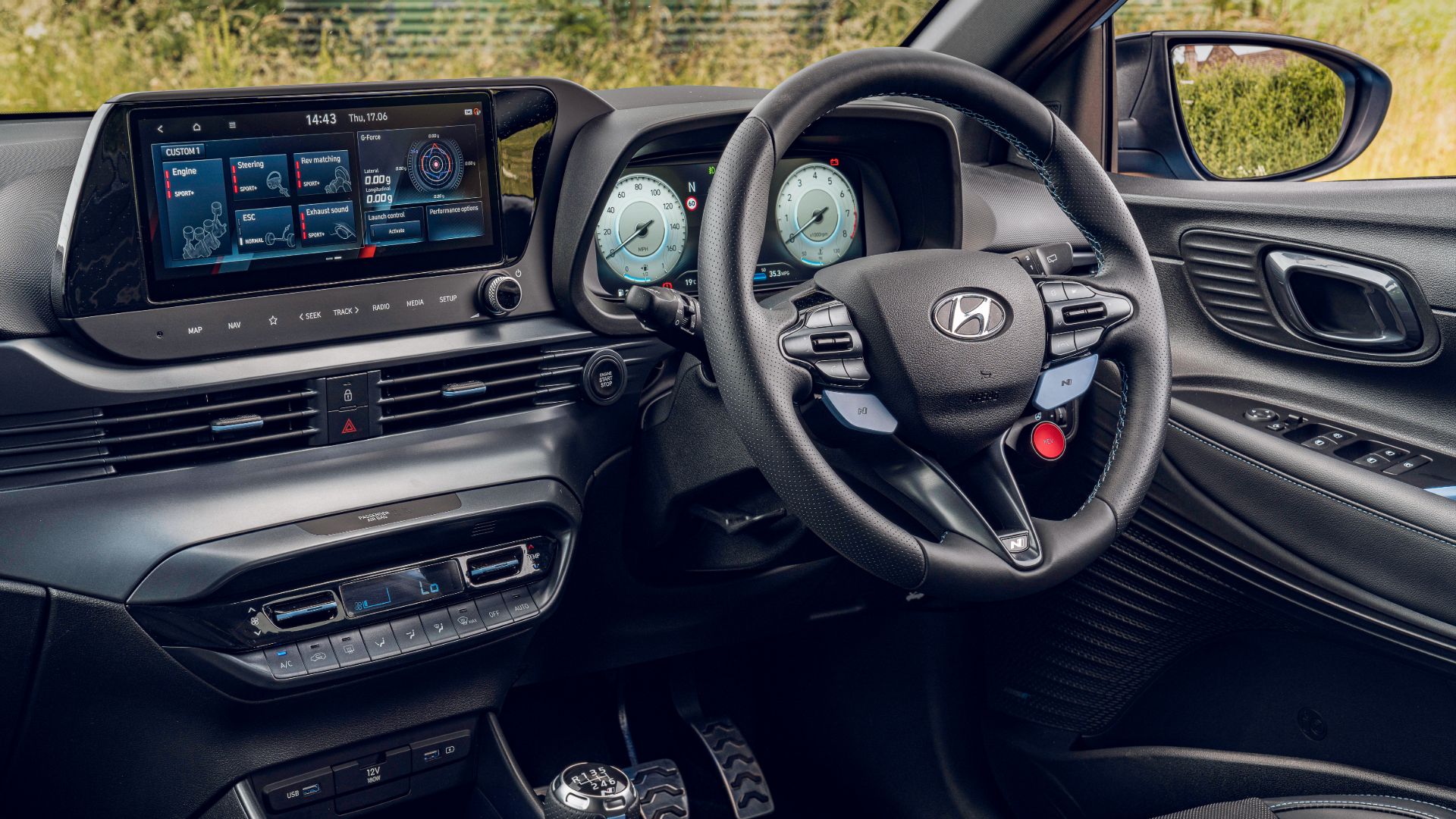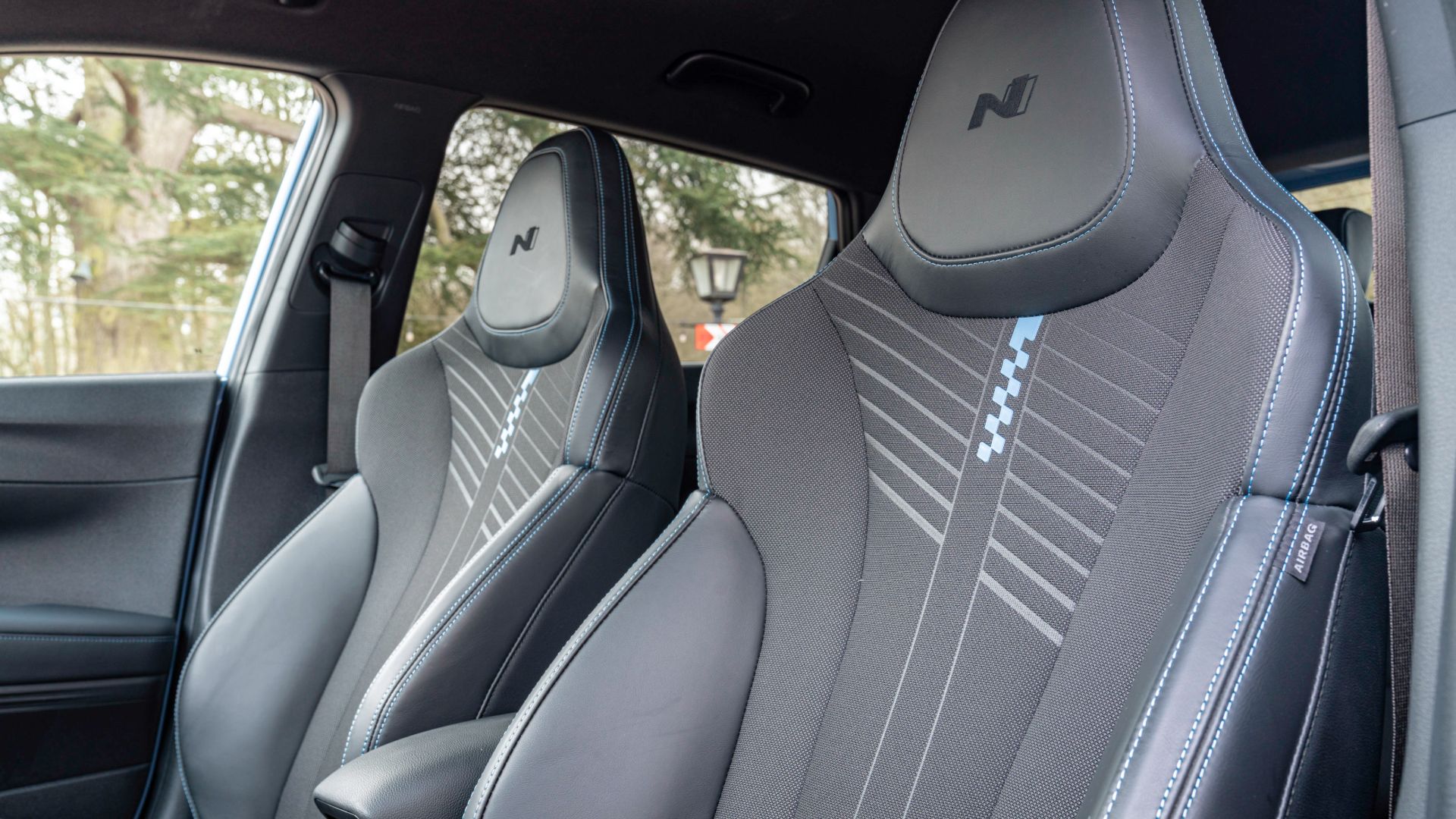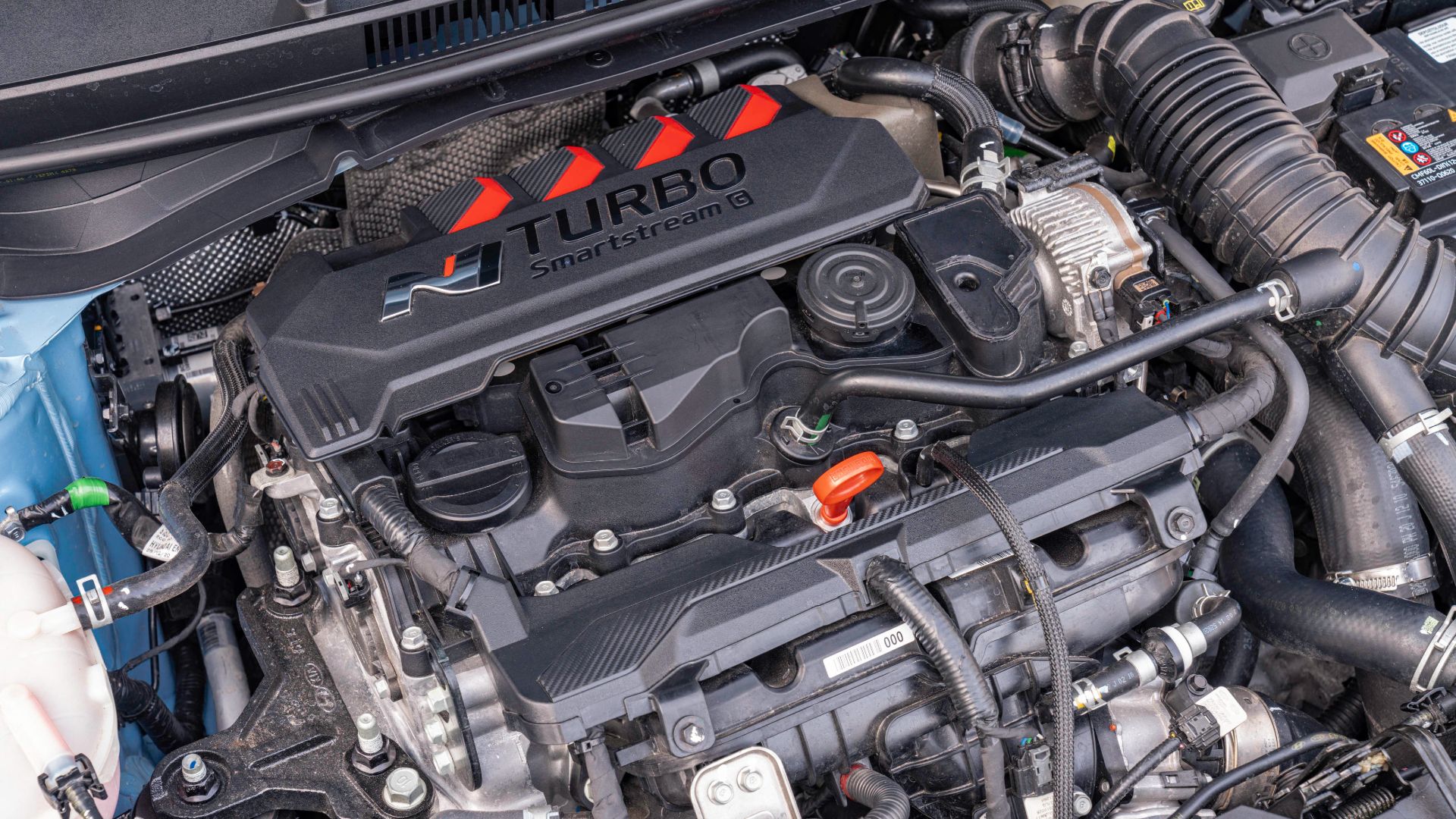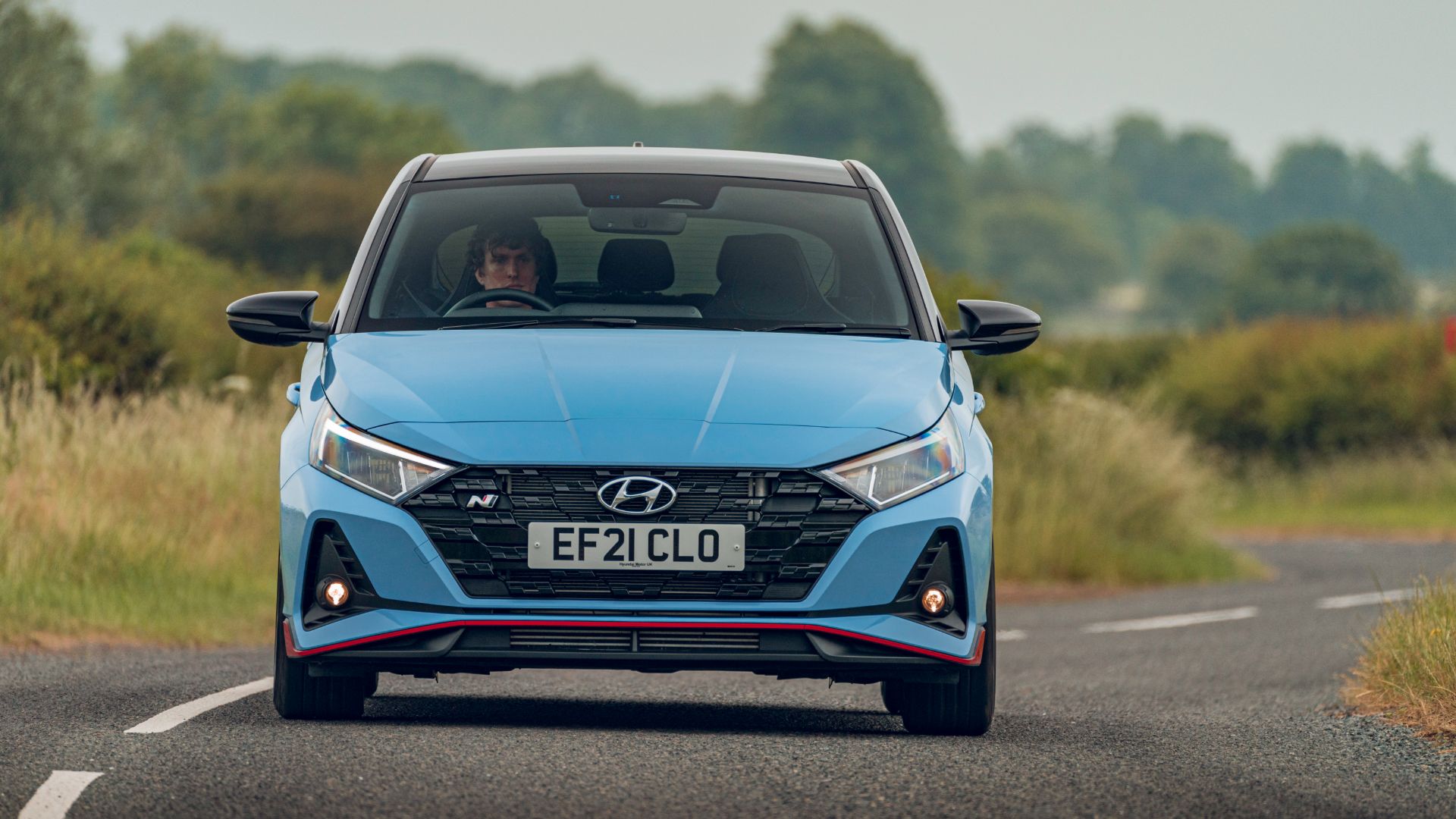Remember when Michael Schumacher won five Formula One world championships in a row? In 2004 alone, he took the chequered flag in 13 of the 18 races. Even the late, great Murray Walker struggled to make that season sound exciting.
Car journalists have the same issue with the Ford Fiesta ST. For eight years and two generations, this pint-sized hot hatchback has been unbeatable, finishing first in every group test and winning endless awards.
We’re running out of words to describe its great steering and really, really great handling. See what I mean?
N-for-Nurburgring
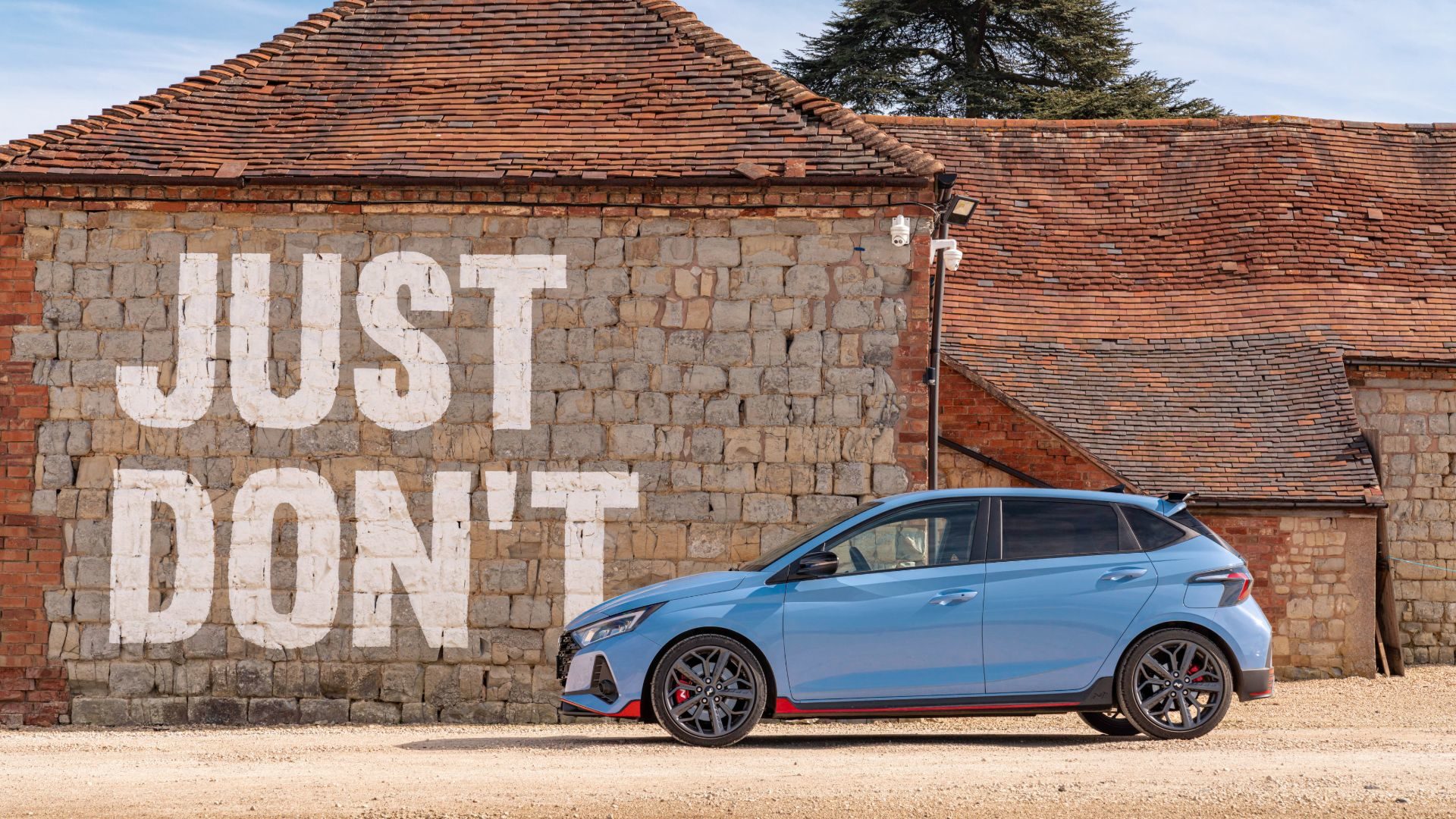
Enter the new Hyundai i20 N. With a 204hp turbocharged engine, a mechanical limited-slip differential and a price tag of £24,995 (versus £24,575 for the Fiesta in comparable ST-3 trim), it has a fighting chance of finally toppling the fast Ford. And guess what? It’s really, really… great.
Even a decade ago, the idea of Hyundai building a class-leading hot hatch was unthinkable. The South Korean company made reliable, budget-priced vehicles for folk who didn’t particularly care about cars: white goods on wheels.
Today, Hyundai is one of the most exciting car companies in the game. The new Ioniq 5 is an achingly cool EV for much less than Tesla-money, while the Nexo SUV explores an alternative, hydrogen-fuelled future. The sporty N-for-Nurburgring models are the spicy kimchi on the side.
Heart on its sleeve
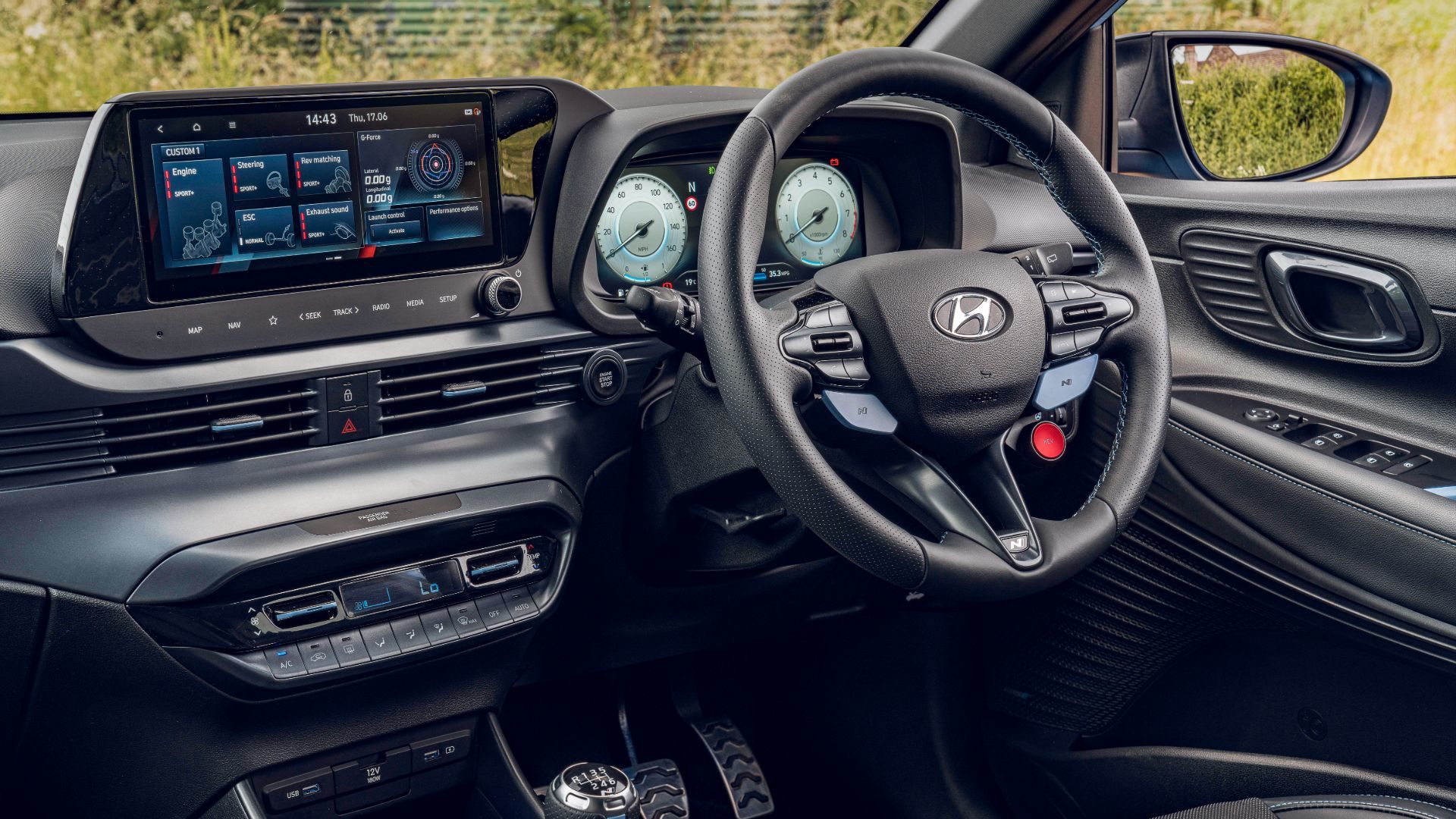
Creating a credible Fiesta ST rival hasn’t involved cutting corners. As well as establishing a permanent test centre at the Nordschleife, Hyundai hired BMW’s Albert Biermann – godfather of the E39 M5 and E46 M3, who jumped from M to N – to build its performance brand. Time to grab the keys and find some new adjectives.
Arch-filling 18-inch alloys, branded brake calipers, a jutting roof spoiler and a full complement of red go-faster stripes: the i20 N wears its heart on its sleeve. You wouldn’t call it pretty, but its four-square stance and fat oval tailpipe clearly mean business. More practically, it also comes with five doors – unlike, for instance, the Mini Cooper JCW or Toyota GR Yaris.
There’s more jazziness inside, including a 10.25-inch touchscreen and big-bolstered heated seats. The sat-nav flags up exciting corners in advance, while the digital dials explode into cartoon flames when you select maximum-attack N mode.
Traditionalists will be pleased to note the six-speed H-pattern gearbox (unlike the larger i30 N, there is no paddle-shift DCT option) and physical handbrake lever.
The main event
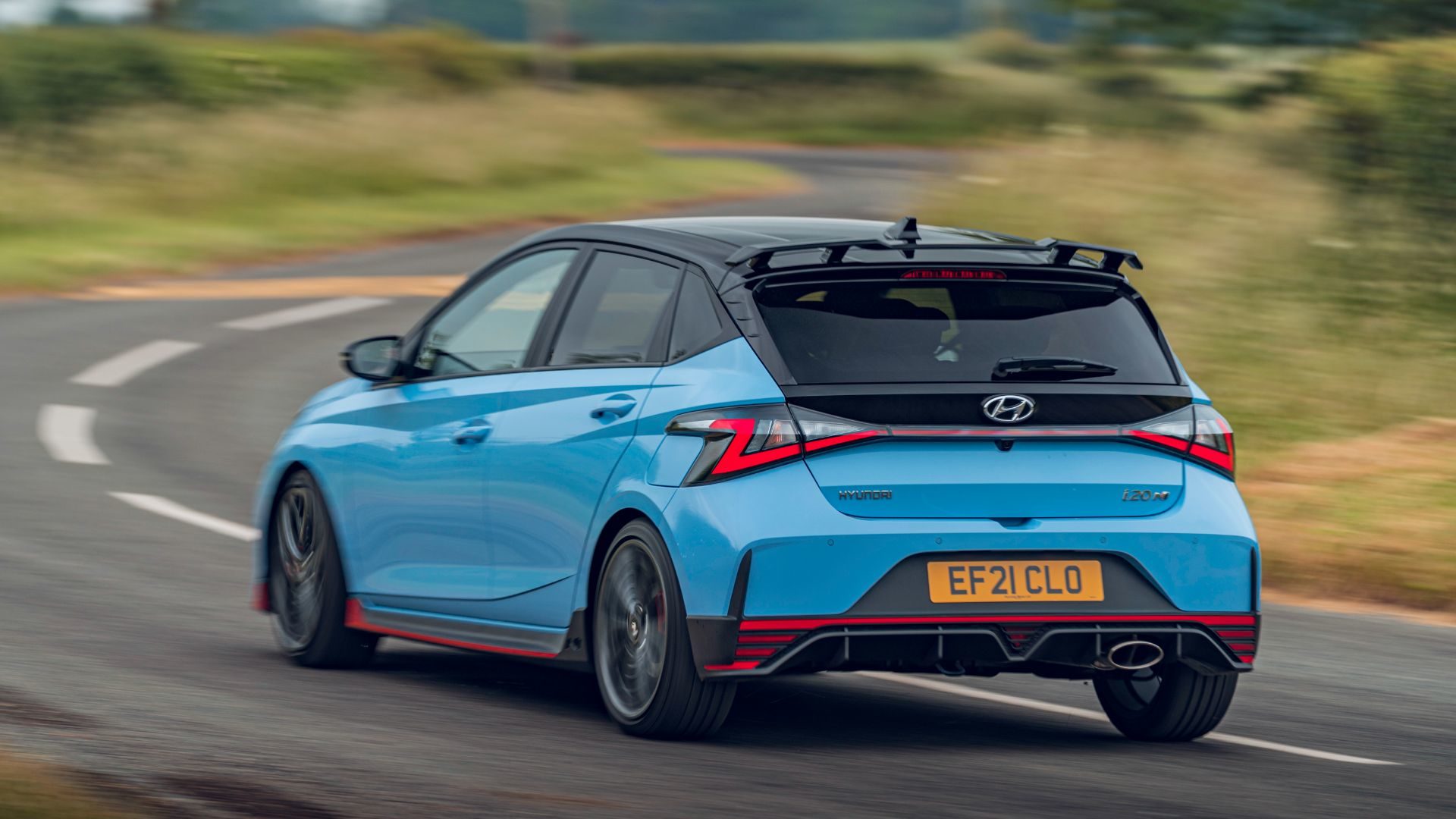
Hyundai’s 204hp four-pot isn’t as characterful as Ford’s 200hp three-cylinder engine, but it sure is effective. It punches hard from 3,000rpm and keeps on pulling, encouraged by a knuckly and wonderfully tactile manual shift.
The artificially enhanced growl and exhaust crackles will make you smile, while a rev-match function – selected via a big red ‘REV’ button on the steering wheel – helps smooth-out the frantic flow.
As you’d hope after all that ’Ring time, the i20 N’s chassis is the main event. It corners with terrier-like tenacity, Pirellis biting hard as the Torsen diff hooks the front end around. Try hard and it will lift an inside rear wheel, classic Golf GTI-style, but mostly it just grips and goes.
Taut damping and a stubborn resistance to roll mean you scarcely need to slow down. The pay-off is a restless ride that’s perhaps too stiff for some. If it meant driving an i20 N every day, I could live with it.
Meet the new boss
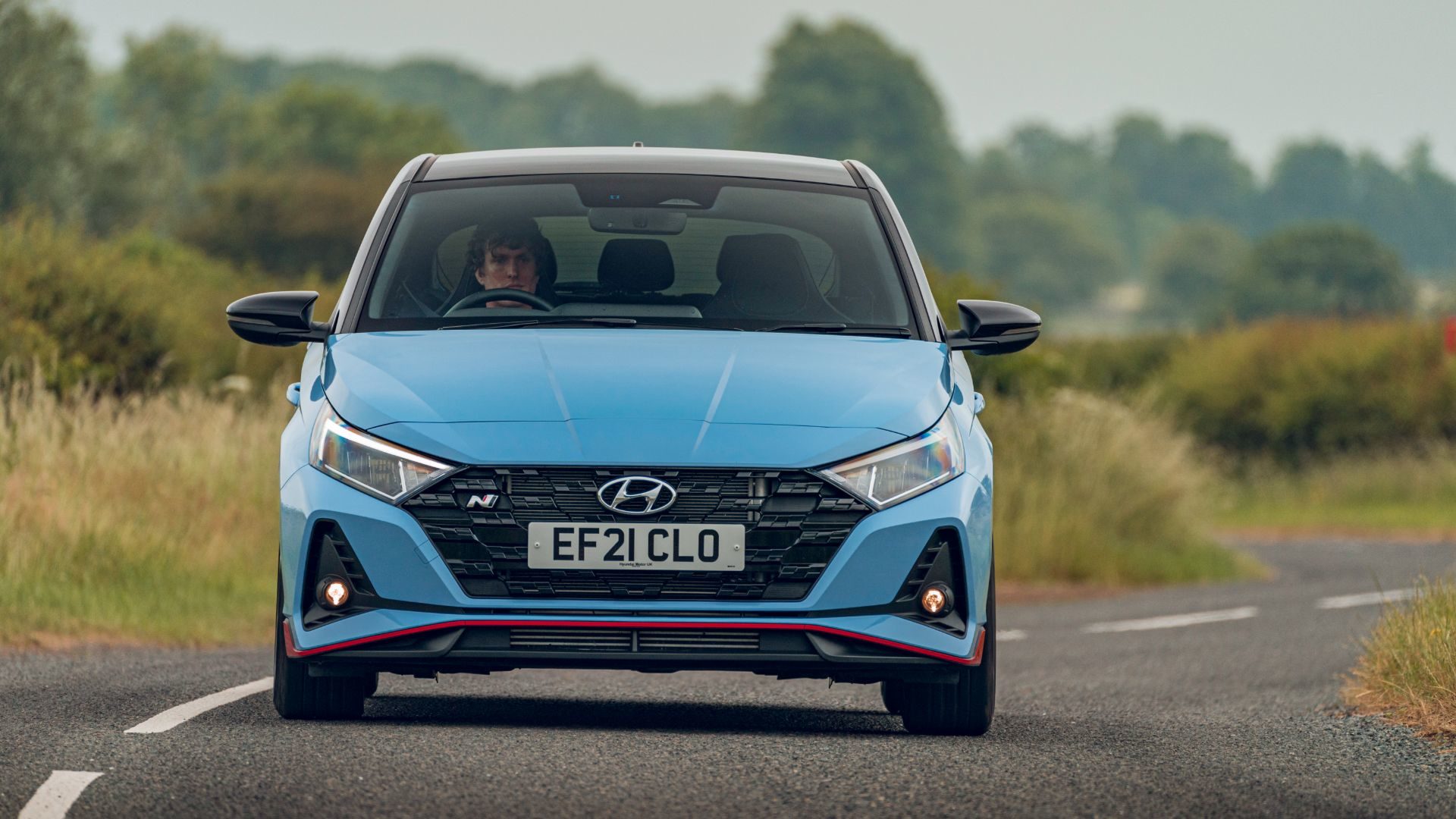
On balance, the Fiesta has livelier steering and handles with slightly more finesse. The Hyundai counters with more up-to-date tech and a five-year, unlimited mileage warranty.
It’s a close call, but I’m giving the new car the win. Long live the compact hot hatch king. Just not for too long, OK?
ALSO READ:
Hot Korean cars driven: Kia Stinger GT-S vs Hyundai i30 N
